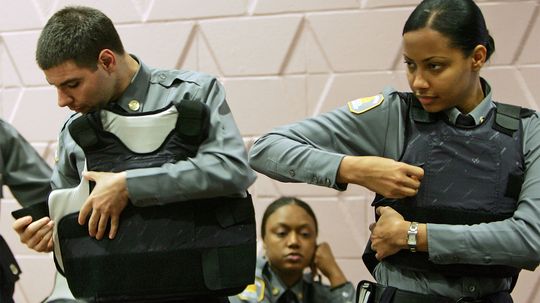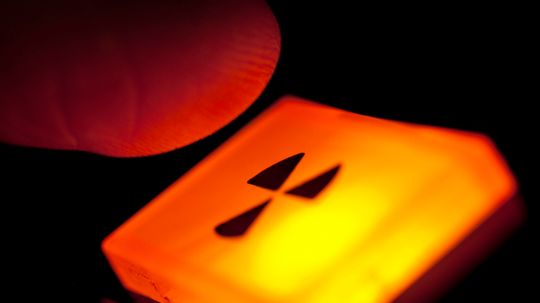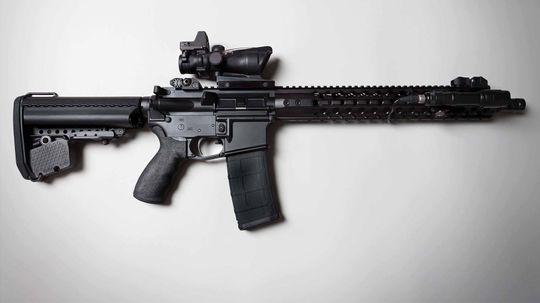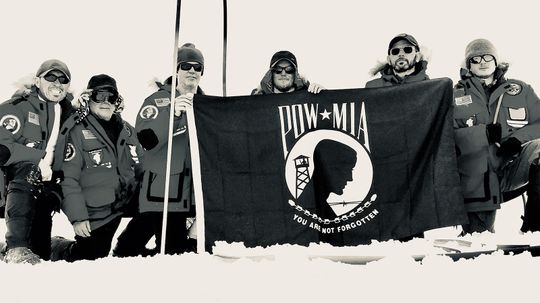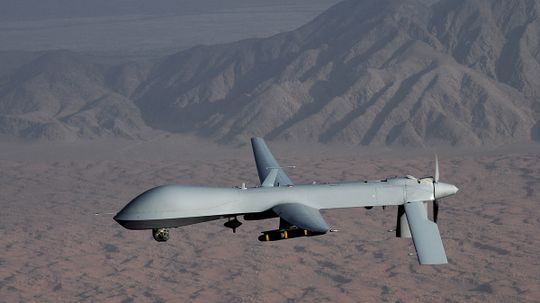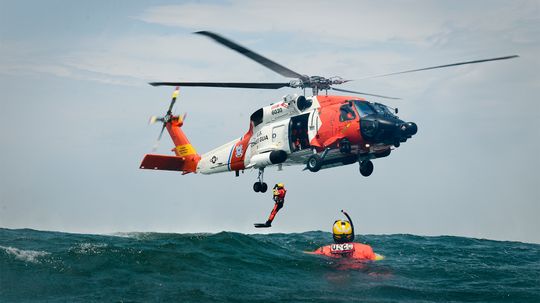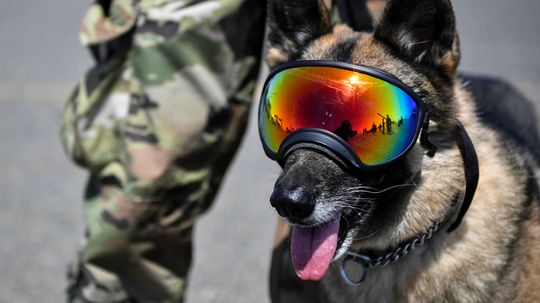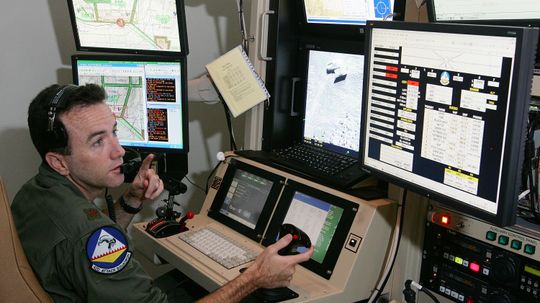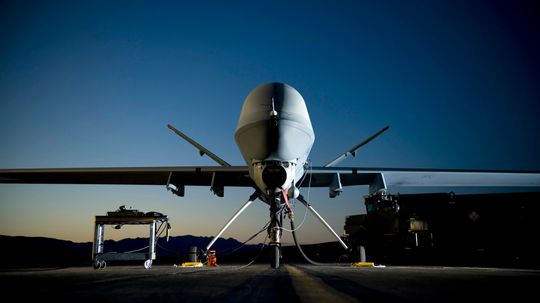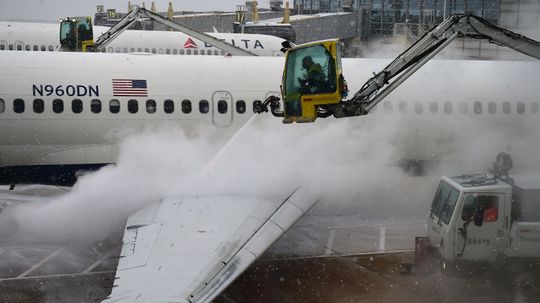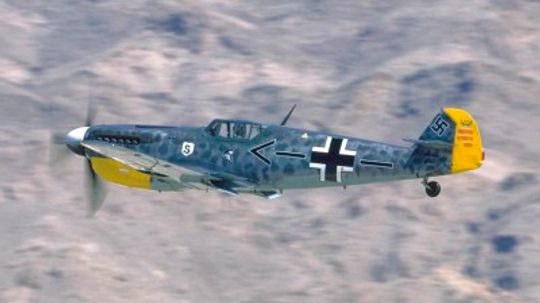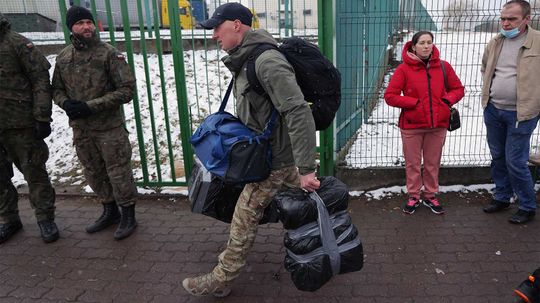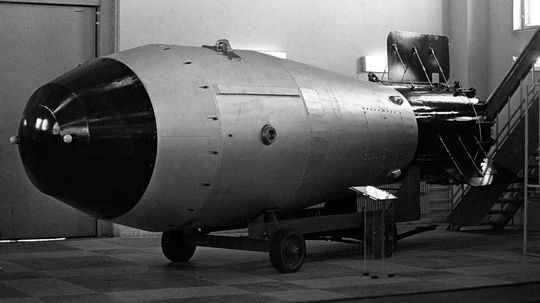Military
Explore the weapons and combat systems used by the armed services. A broad range of topics in the Military Channel includes tanks, aircraft, biological warfare and stealth technologies.
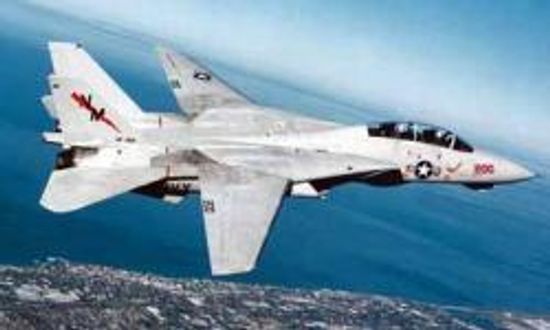
Watch Your Six: Military Jet Pictures
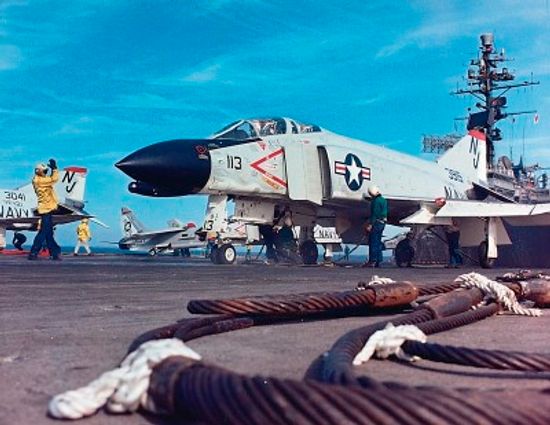
McDonnell Douglas F-4 Phantom II
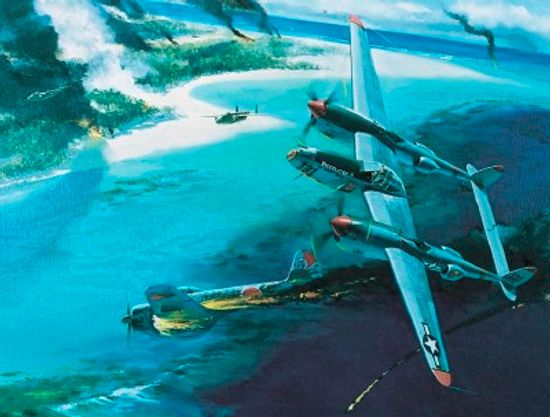
Lockheed P-38 Lightning
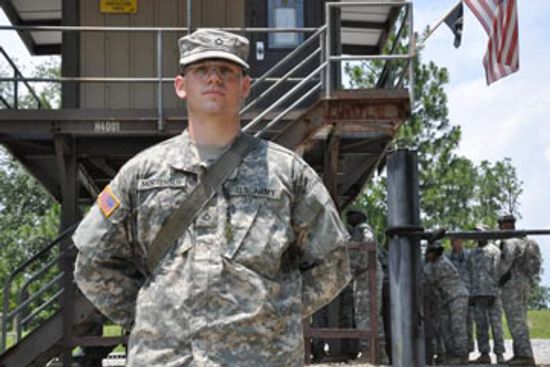
Does Army experience help your civilian career?
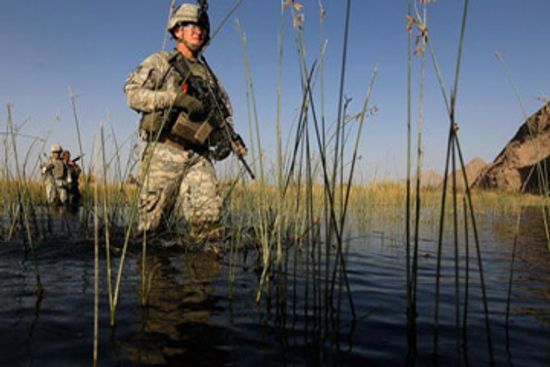
How NCO Professional Development Ribbons Work
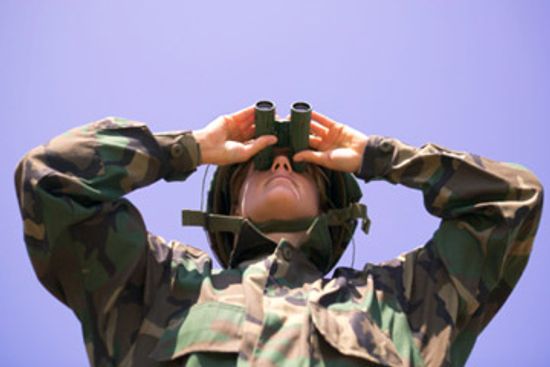
How Army Reconnaissance Jobs Work

How Agent Orange Worked
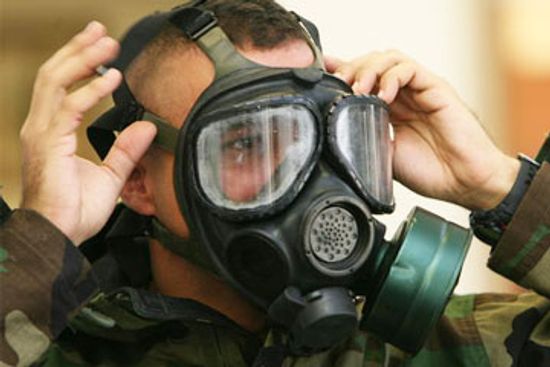
How Biological and Chemical Warfare Works
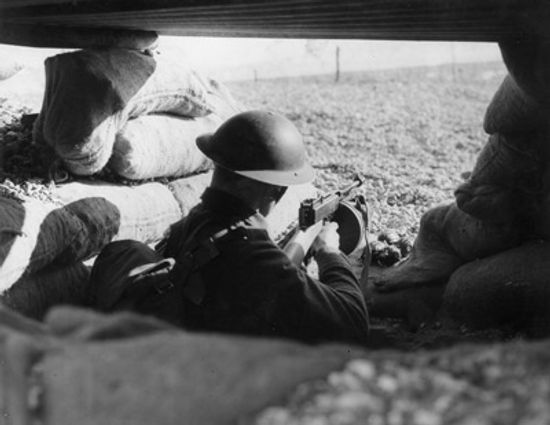
How Mustard Gas Works
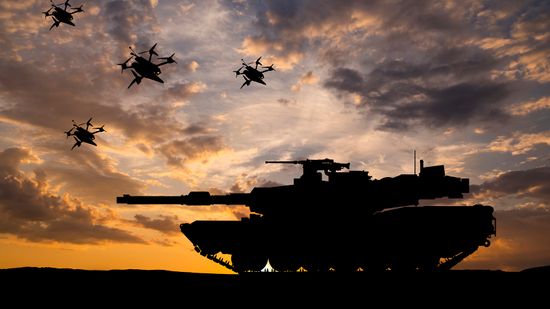
What Is the Strongest Military in the World?
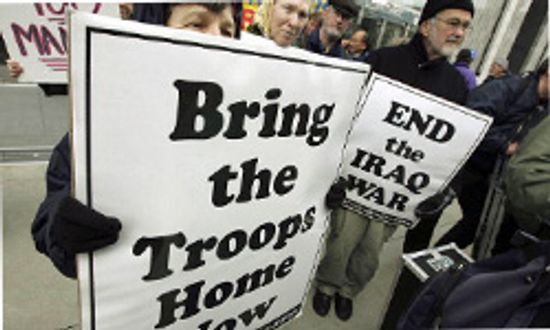
5 Countries That Ditched Their Military Forces
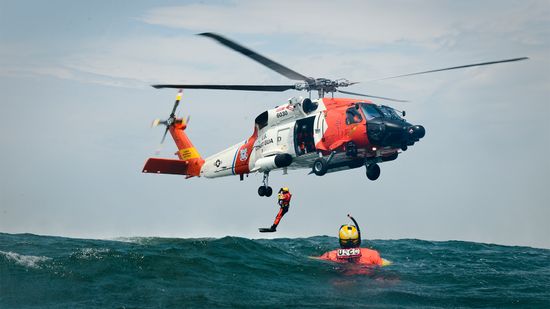
Coast Guard Rescue Swimmers Risk All to Save Lives
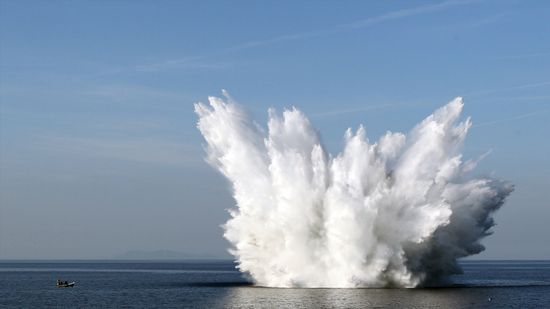
Anatomy of an Underwater Explosion

Can You Really Outrun an Explosion?
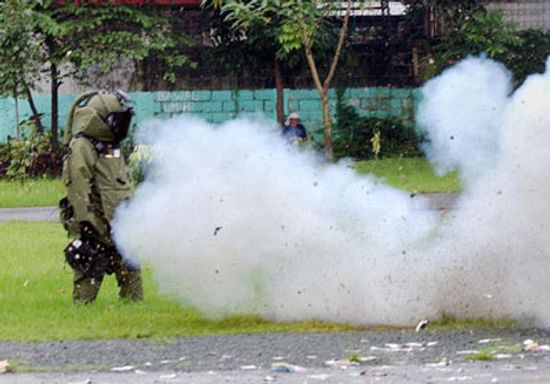
How Blast-resistant Clothing Works

HowStuffWorks Illustrated: Two Legal Gun Modifications
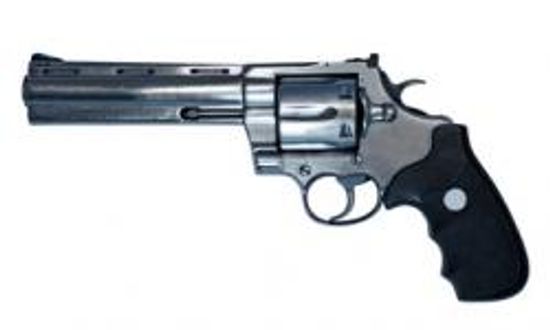
Gun Pictures

What's the world's smallest gun?
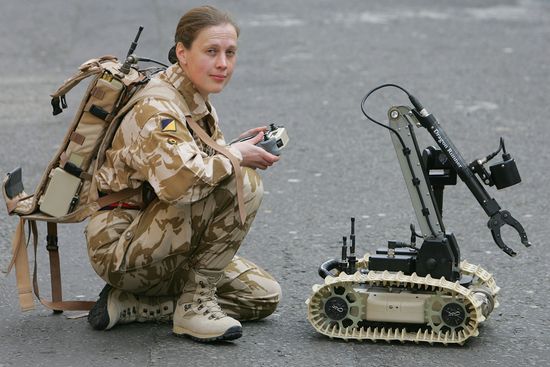
Are robots replacing human soldiers?

Can drones replace fighter jets?
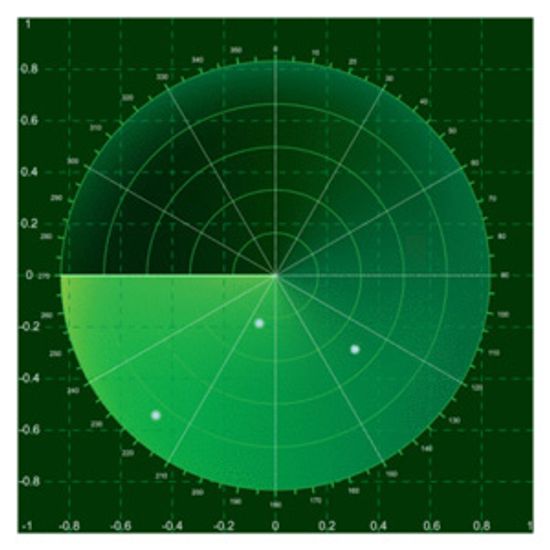
Do wars drive technological advancement?
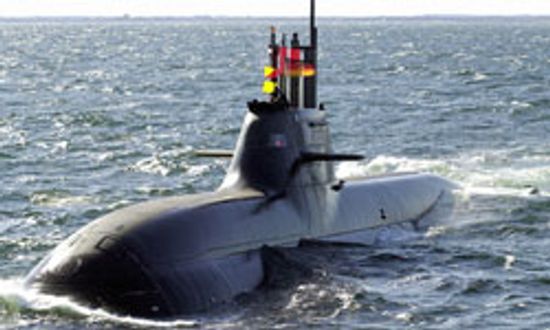
Submarine Pictures
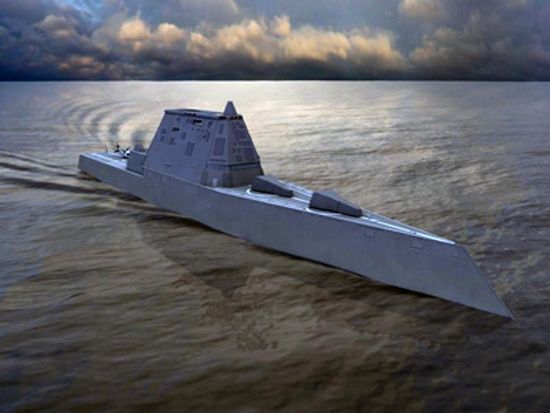
How the Zumwalt Class Destroyer Works

How Aircraft Carriers Work
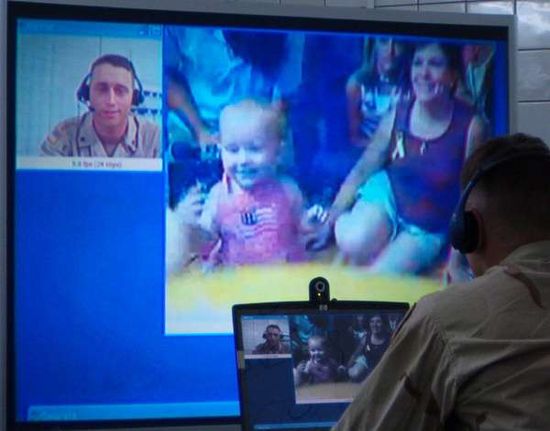
How Military Video Conferencing Works
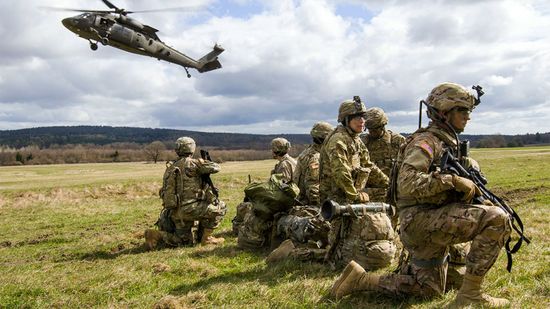
Why a Draft Would Weaken the U.S. Military

What Was the First War?
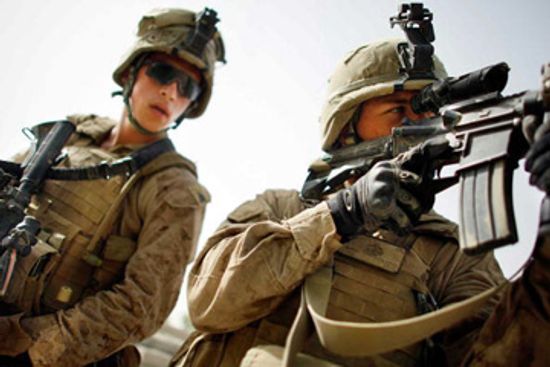
Top 5 Gadgets on the High-tech Soldier
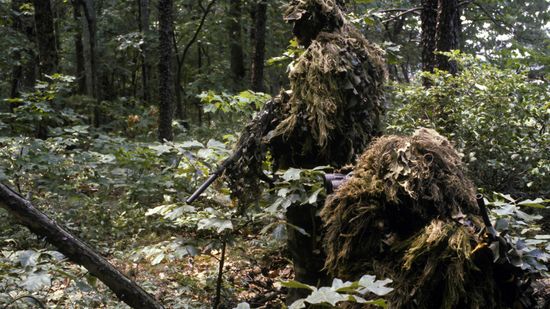
Ghillie: Fishing Aid and Inspiration for Camo Suits

10 Insane Disguises That Actually Worked

How Code Breakers Work
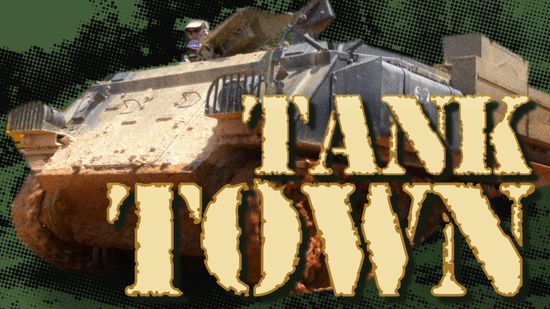
YOU Can Drive a Tank!
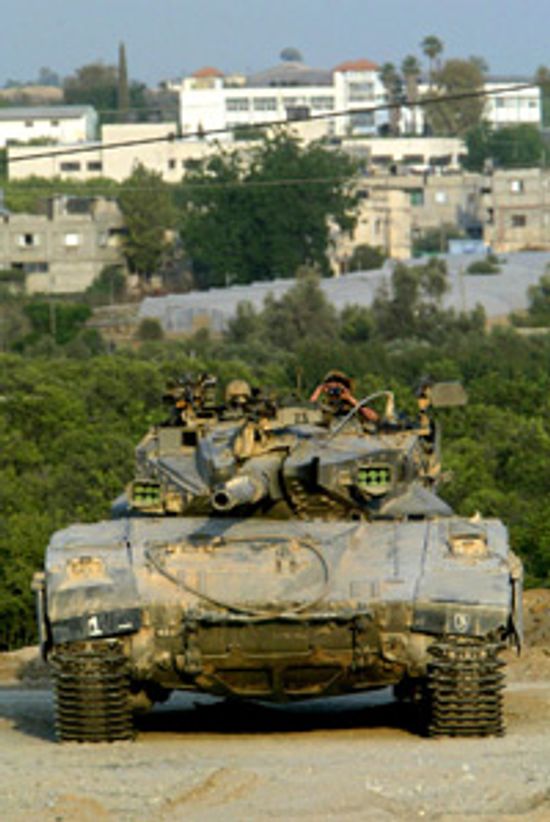
Is the army testing an invisible tank?
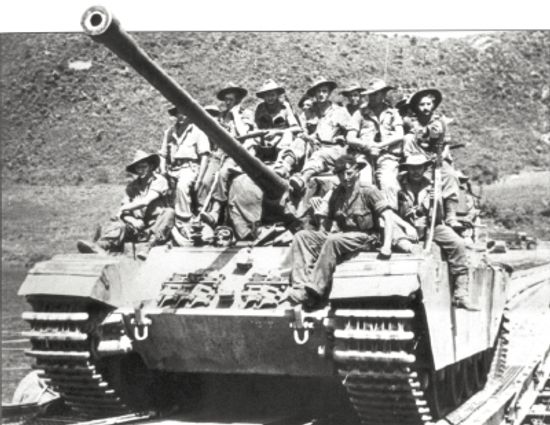
Centurion Main Battle Tank
Learn More / Page 8
Without question, they save lives - but they aren't 100 percent failsafe.
The Manhattan Project built the city of Oak Ridge in rural Tennessee, where secret facilities produced uranium-235 for the atomic bomb.
The Trump administration wants to develop a new generation of low-yield nuclear weapons that could be used without launching an all-out nuclear war.
Advertisement
The ArmaLite AR-15 rifle has become a hot-button issue in the American landscape. Where did the rifle originate and how did it become so controversial?
The search team used a radar-equipped drone to locate a P-38 from the so-called "Lost Squadron" that crash-landed in Greenland in 1942. But the story doesn't end there.
We know how drone strikes are supposed to work: After careful monitoring, the bad guy is targeted and taken out. The reality is often much hazier - and deadlier.
U.S. Coast Guard rescue swimmers routinely jump out of helicopters into dangerous waters, risking their lives to save others.
Advertisement
Members of the U.S. armed forces and their loyal dogs have always had a special relationship - so special that the canine usually outranks its handler. What's behind this military tradition?
Why the skies aren't exactly so friendly for drone pilots.
By Chris Opfer
Military types are looking to drones to fly the deadly skies.
By Chris Opfer
If you're traveling during the winter time, there's a good chance that your flight may be delayed because the plane needs deicing. Why do they wait until the last minute to do this?
Advertisement
Students at the actual TOPGUN school aren't as cocky as the characters in the movies, but the fictional version gets a lot of other things right.
President Vladimir Putin ordered a partial mobilization in Russia during an address to the nation. What does that mean for citizens there and in Ukraine?
By Sarah Gleim
The Messerschmitt Bf 109 is one of few fighters ever to be developed from a light-plane design. Willy Messerschmitt's angular little plane was built in greater numbers than any other fighter. Read how the Bf 109 has been so successful and long-lived.
Ukraine is seeking foreign volunteers to join the fight against the Russians. But unless you've got military experience and elite skills, you probably should stay home.
Advertisement
The crew of the USS Abraham Lincoln returned home this week, after a wearying 10 months at sea. Take a tour of the U.S. military's most monumental machines, from flight deck to hangar bay to engine room.
By Tom Harris
In 1961, the Soviet Union detonated the Tsar Bomba, still the biggest, most powerful nuclear bomb ever built. One of the cameramen who recorded the event said it sounded "as if the Earth has been killed."
